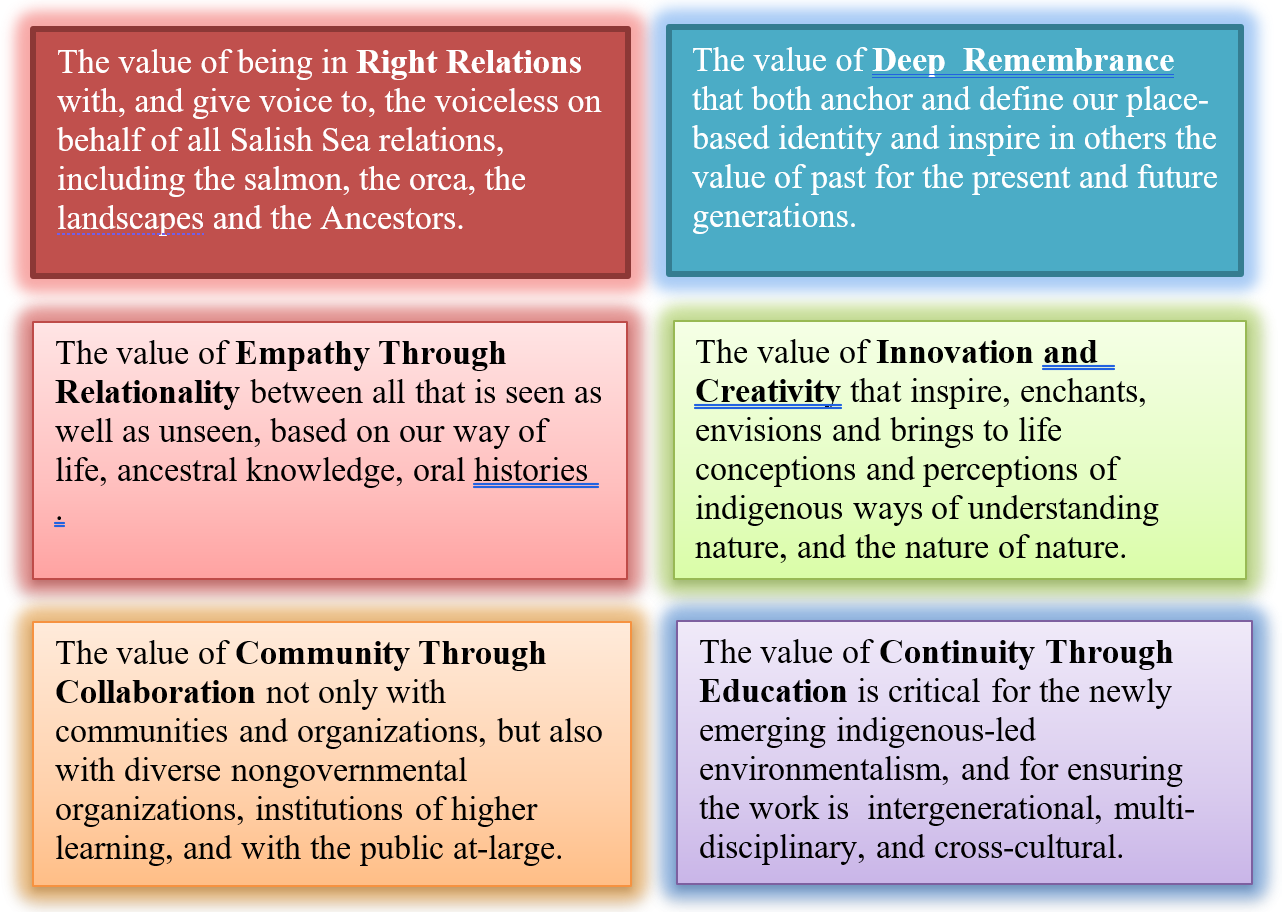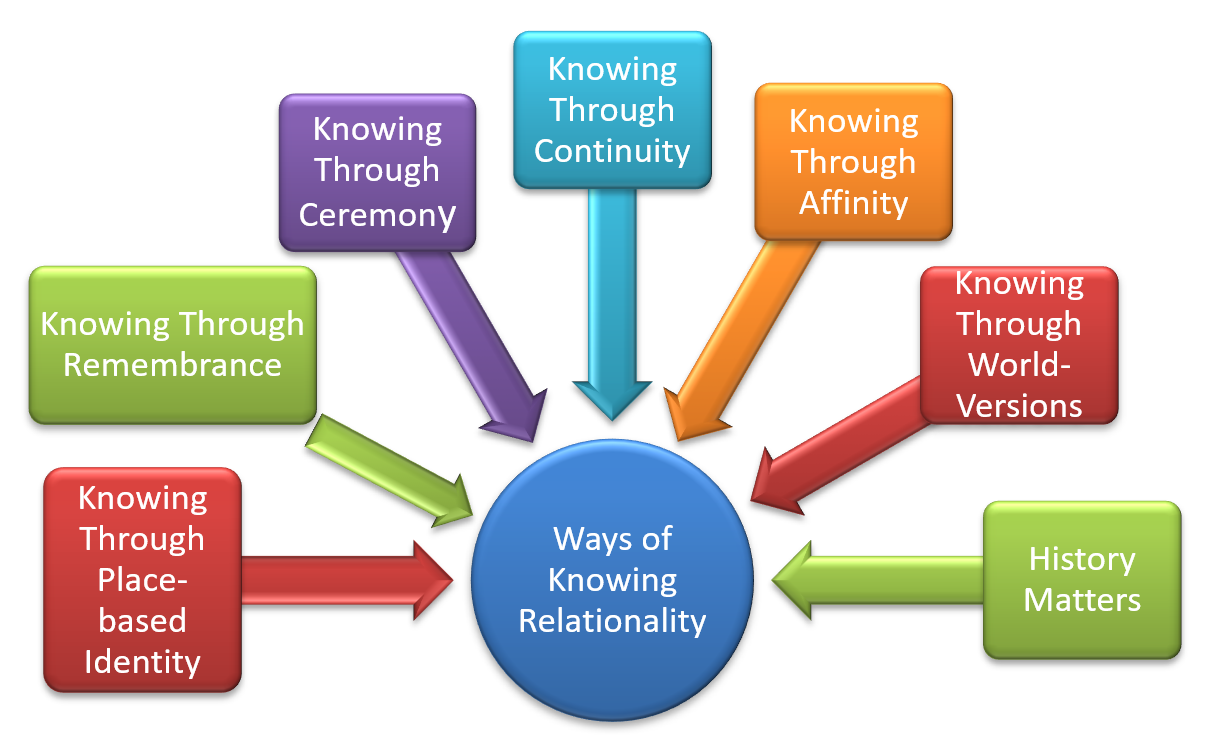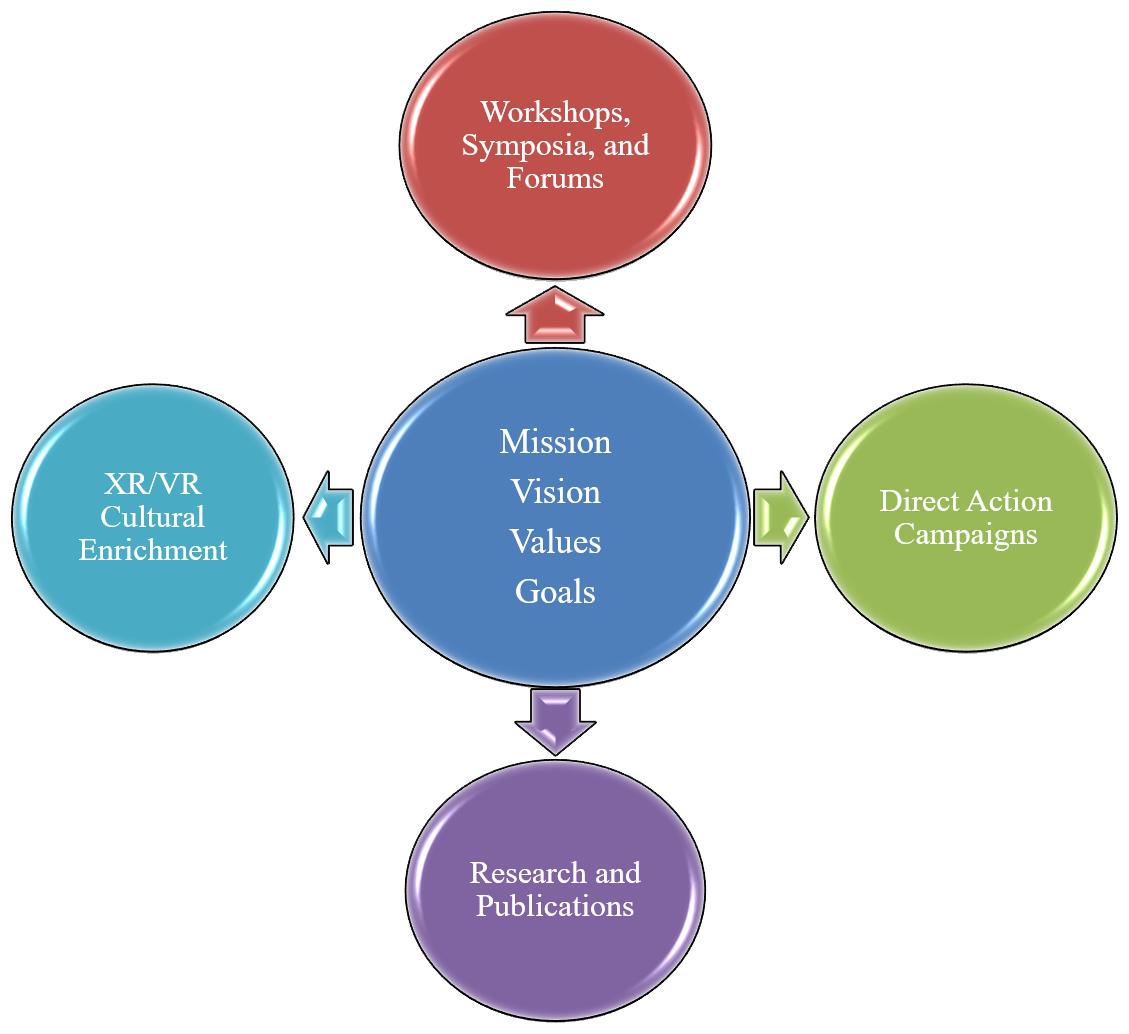Our Mission
Se’Si’Le (saw-see’-law) is the Lummi Indian word for “our grandmother.” Our Mission is to utilize Indigenous ancestral knowledge for the benefit of our Mother Earth, Indigenous lifeways, and for future generations. We provide protective management strategies and plans for Indigenous sacred sites, areas, resources, and landscapes, and invoke, preserve, and promote understanding of Indigenous ways of knowing the nature of Nature.
Our Vision
The emerging era of an Indigenous-led movement for Mother Earth is grounded in Indigenous ways of knowing nature, and the nature of nature, and will achieve its full potential through empathy and deep relationality, respect, and the power to understand the importance of the past in order to envision a hopeful future.
Our Values are derived from our Mission and Vision and include:
Our Philosophy
We often hear these words in the context of social and environmental justice: inspire, inform, engage, and act. Se’Si’Le inhabits these four interrelated ideals in a manner and with a purpose that is true to Indigenous place-based relationalities with Nature.
- We Inspire people from diverse backgrounds, interests, and ways of life by emphasizing ceremony, ancestral knowledge, oral histories, the wisdom of the elders, and the appeal of the arts in the conception, design and implementation of our programs.
- We Inform the form and content of the narrative of the nature of Nature through deep relationalities grounded in ancient and time-tested Indigenous teachings, while being ever-mindful of the position and utility of technical, legal, and science-based understandings.
- We Engage by cultivating partnerships with grass-roots to grass-tops organizations that are in agreement with our Vision, Mission and Values, and who can assist in our efforts to inspire, inform, and call to action a wide range of American society.
Our Approach
Indigenous Ways of Knowing Relationalities:
Problem Analysis and Goals
The world indigenous people see around them today would be met with disbelief followed by both grief and outrage among our Indigenous ancestors.
Few of the towering old-growth trees are still to be found in the Pacific Northwest and at least 85% of the original temperate forest has been lost. We have gone from a time of abundance known to our forebearers to an age of scarcity and extinction and a potential for catastrophic ecological collapse. Our decimated Salish Sea salmon population is 1% of what it was just one hundred years ago. Our Southern Resident Killer Whale relatives are starving before our eyes, Our denatured waters are heavily polluted, with river temperatures reaching levels lethal for salmon.
It is difficult for many to now imagine how it was for our people for thousands upon thousands of years, living with nature in a veritable garden until the great disruption. Given the rising climate anxiety, the relentless environmental crisis and the urgency of now, it is increasingly difficult for many people to envision—or have much hope for—a way forward. And for that reason alone, we have every reason to do so for all our relations and future generations..
Goals
Our goals are grounded in our commitment to our sacred obligation for being-one-with-Nature. They all emphasize Indigenous knowledge and bring it into the critical environmental issues of our time. They are designed to educate and to inspire new ways of envisioning and acting through imaginative and impactful avenues of intervention. Lastly, we act on an understanding of the importance of broad-based and inclusive coalitions that include tribal communities, grassroots organizations, regional and national nongovernmental organizations, the faith-based community and institutions of higher learning.
It is the strong bundle we now need to honor with intention, action, collaboration and imagination our sacred obligation to Nature and to the Ancestors and provide a legacy of right and respectful relations for the generations to come.




